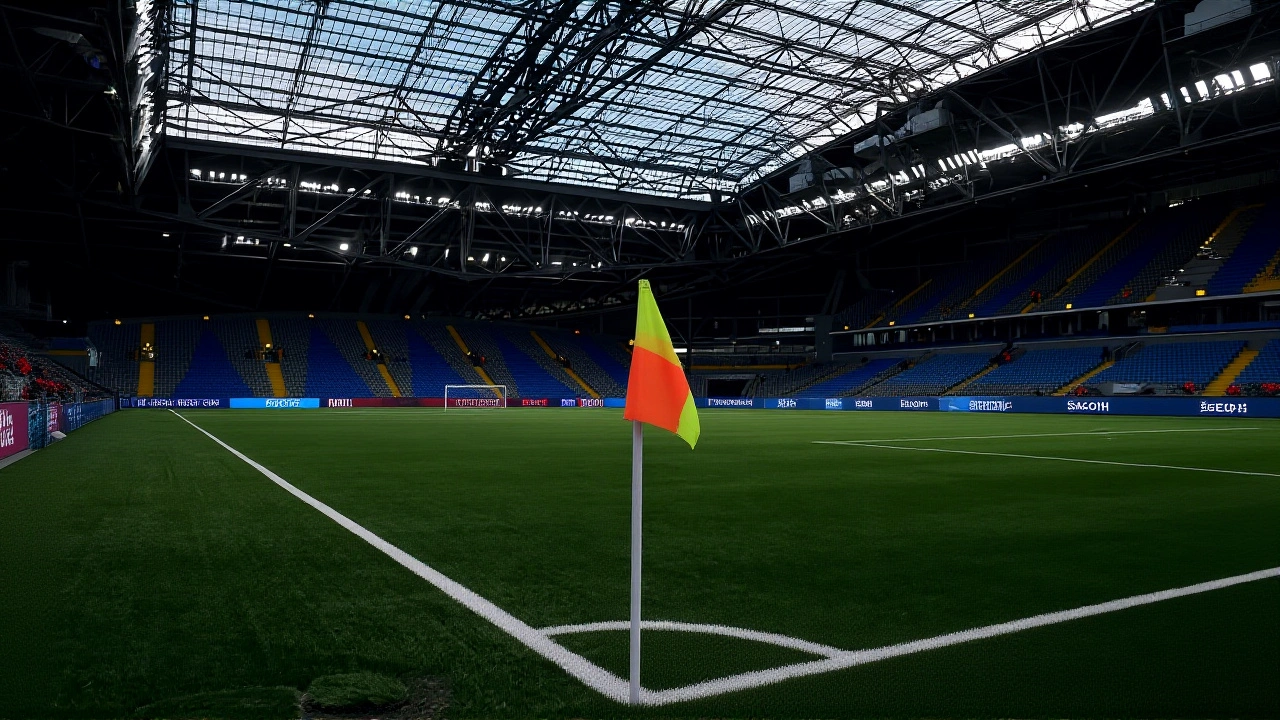Latvia: History, Culture, Travel and More
When talking about Latvia, a Baltic country in Northern Europe known for its forests, medieval towns and vibrant culture. Also called Latvija, it sits between Estonia and Lithuania and borders the Baltic Sea. Latvia’s population is about 1.9 million, its capital is Riga, and it joined the Eurozone in 2014. Understanding these basics helps you make sense of the stories that follow.
What makes Latvia unique?
Latvia is part of the Baltic states, a trio of nations that share a similar post‑Soviet trajectory and a strong push for European integration. The language spoken, Latvian, is a Baltic language closely related to Lithuanian and uses a Latin alphabet with diacritics. Visiting the country usually starts in Riga, the capital’s Art Nouvelle streets, bustling market halls and the historic Old Town make it a magnet for tourists. Tourism itself drives a significant slice of Latvia’s GDP – in 2023 the sector contributed roughly 8 % to the national economy and created thousands of jobs.
Beyond the cities, Latvia’s landscape is a mix of pine‑covered hills, over 3 000 lakes and a 500‑kilometre coastline that attracts nature lovers. The country’s NATO membership since 2004 adds a security dimension that influences its foreign policy and defence spending, which reached 2 % of GDP in 2024. Cultural festivals like the Latvian Song and Dance Celebration showcase a deep‑rooted folk tradition and draw participants from across the globe. These elements – geography, defence, language and celebration – intersect to shape the headlines you’ll see below.
Below you’ll find a curated set of articles that touch on Latvia’s political moves, travel highlights, sports events featuring Latvian athletes and analysis of its economic trends. Whether you’re planning a trip, following a game, or simply curious about Baltic affairs, this collection gives you a clear, up‑to‑date snapshot of what’s happening in Latvia today.
- October 12, 2025
- Comments 7
- Sports

